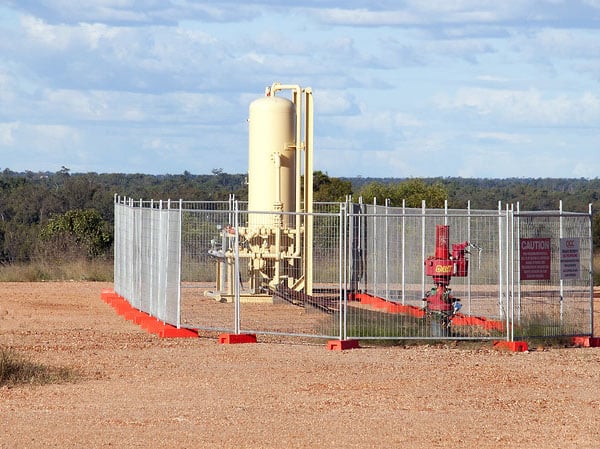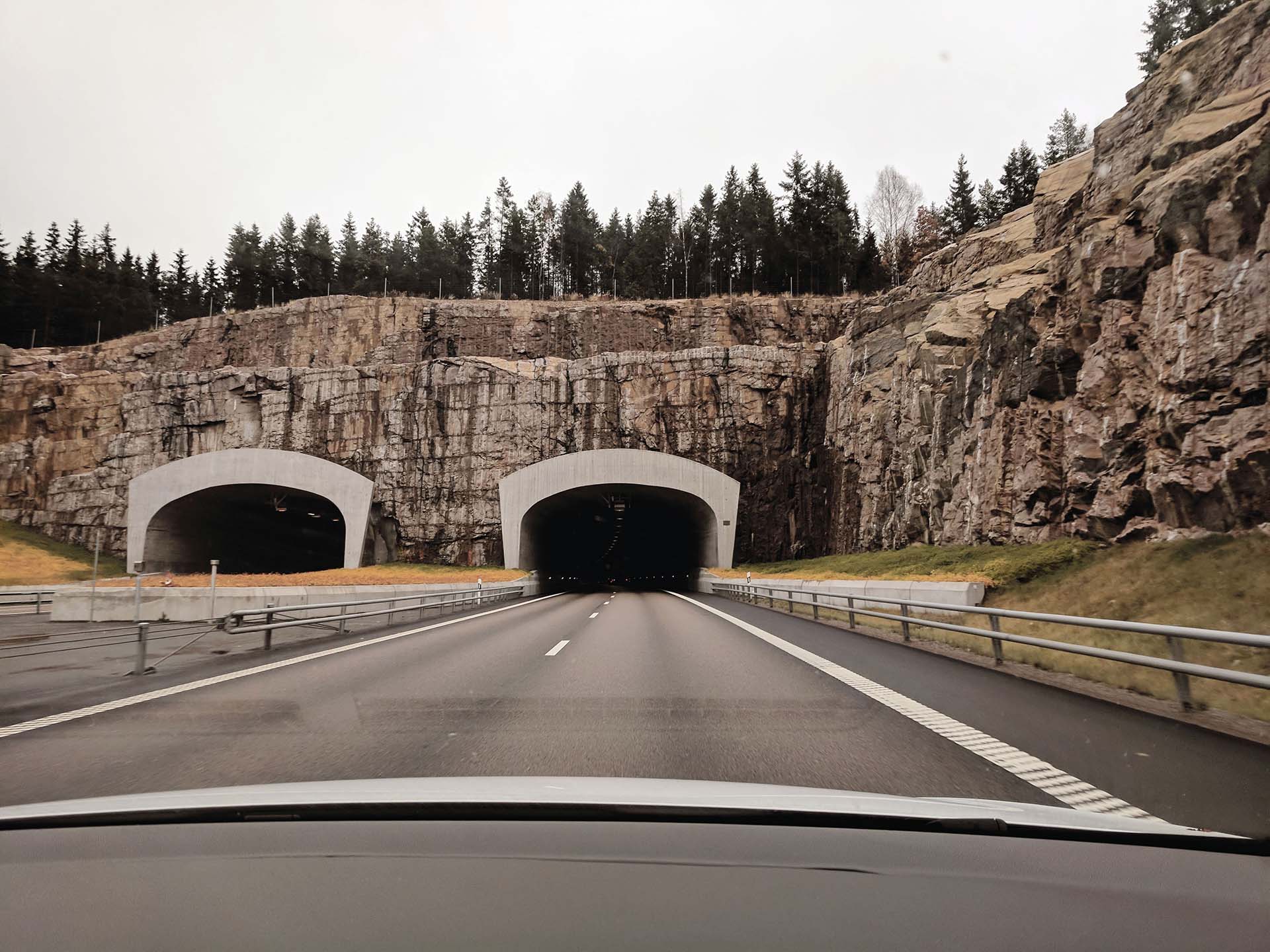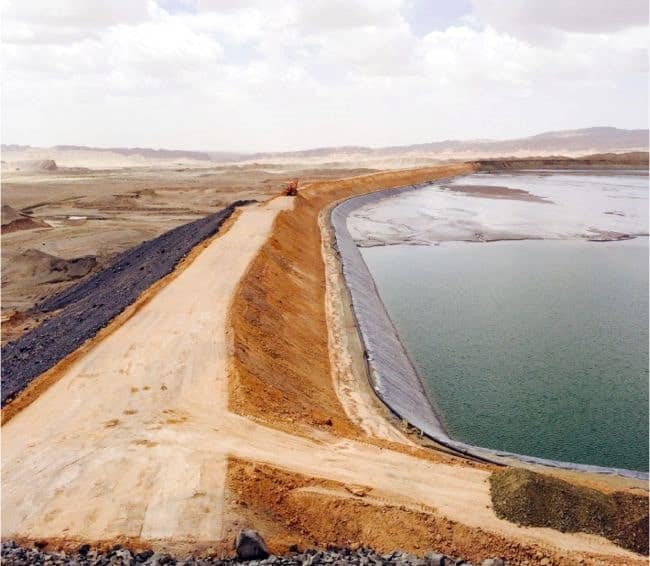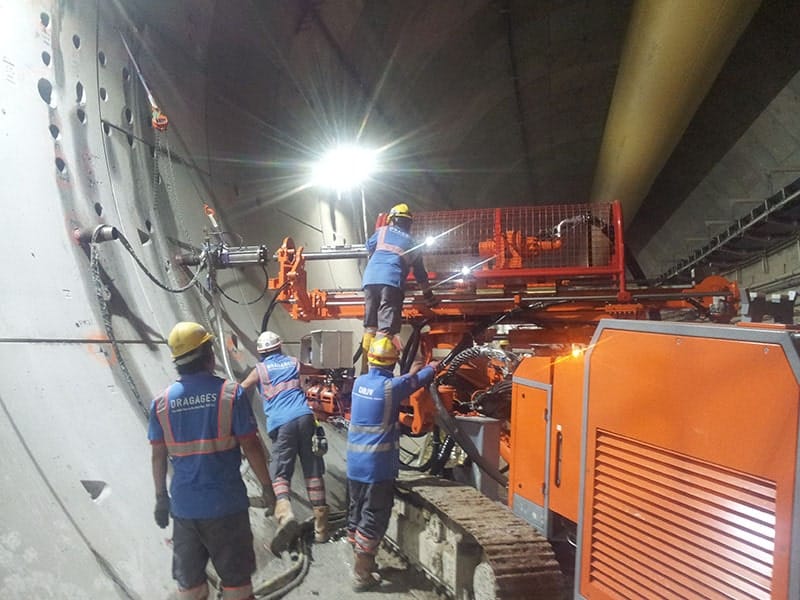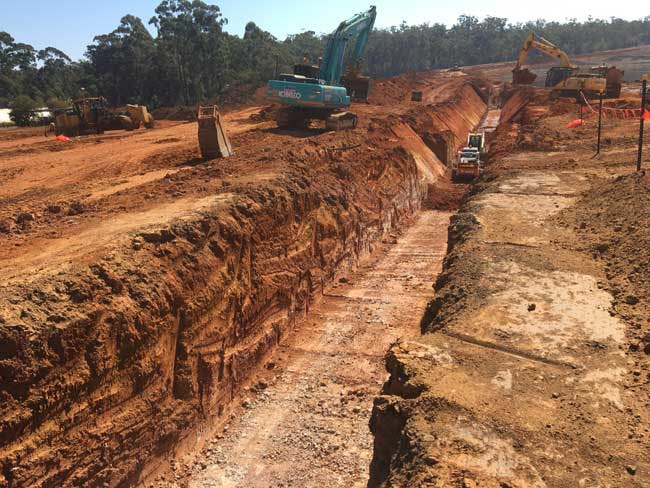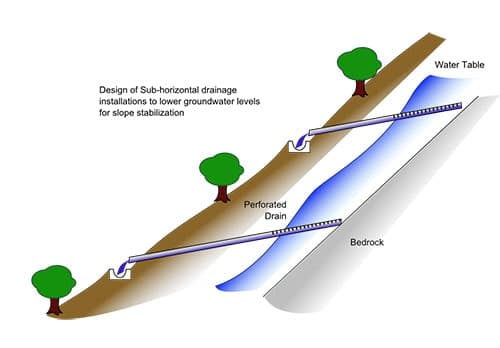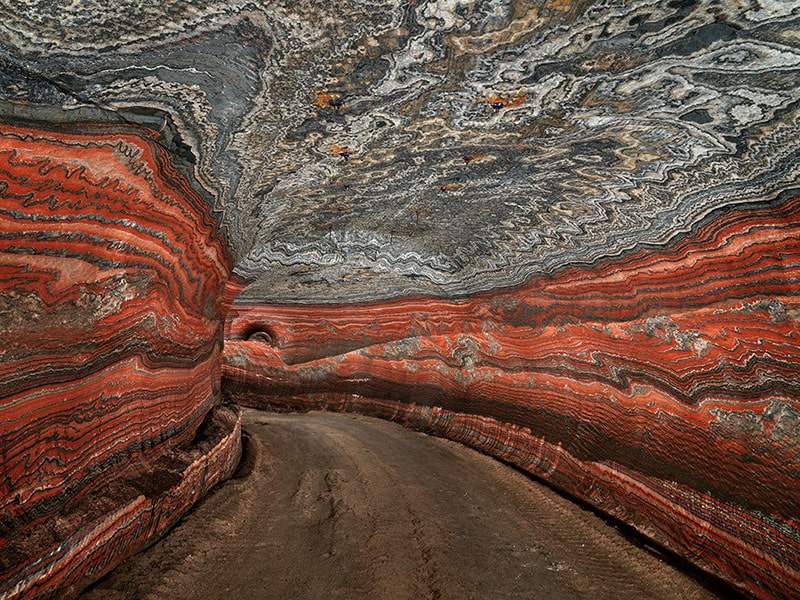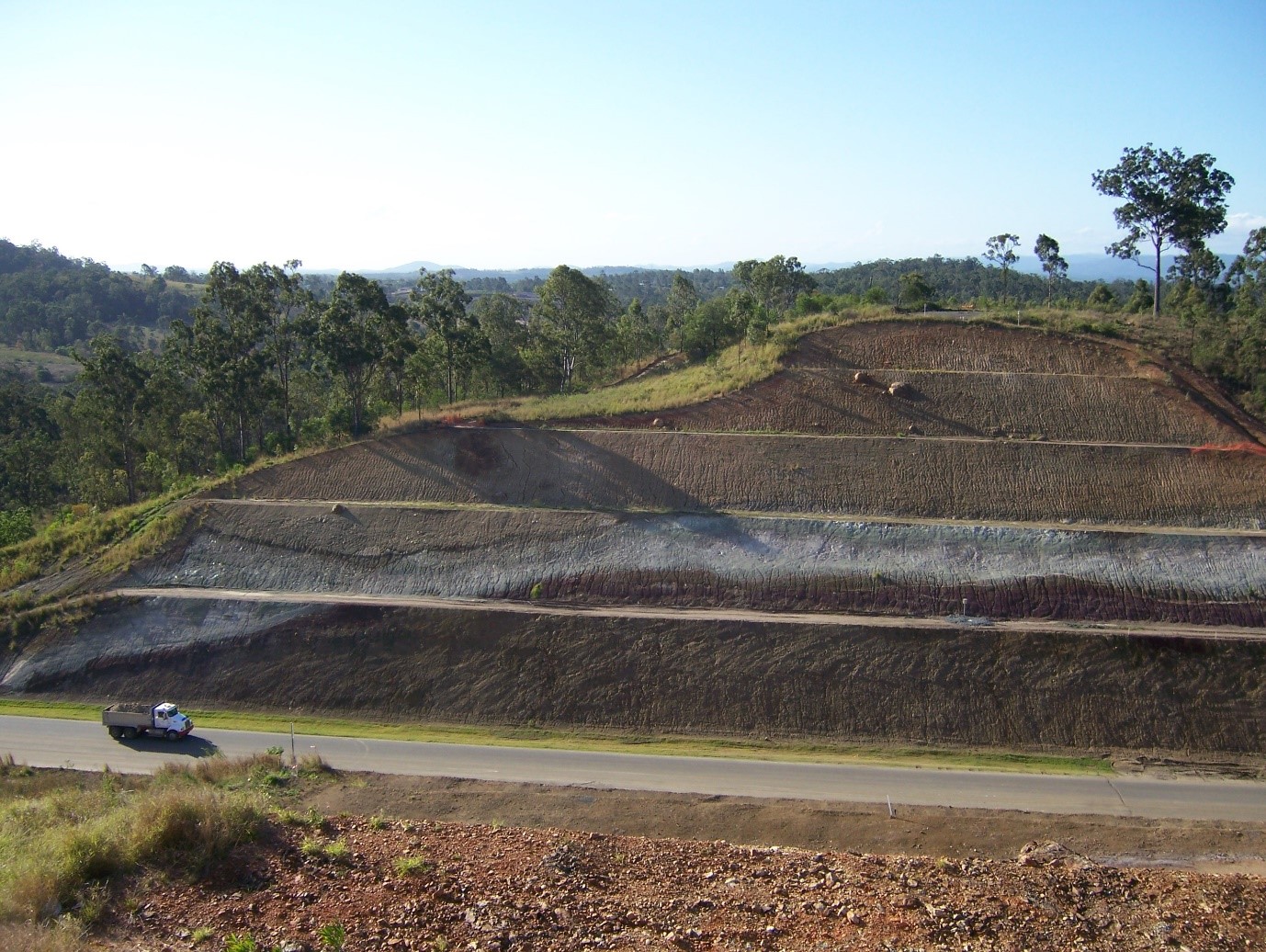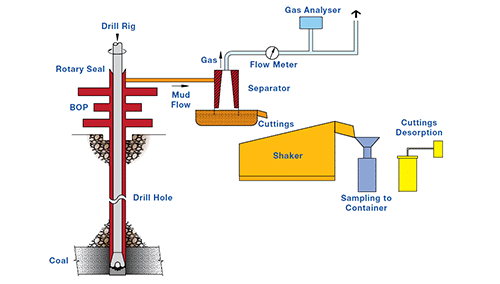The reasons for measuring ground fluid parameters include:
To do any of these requires an understanding of the geology of the area being dealt with. The next most important parameters are:
Deep aquifers and petroleum reservoirs may behave very similarly except that the latter have a complex pressure – volume – temperature (PVT) behaviour. In this, the gasses come and go from solution and the viscosity of the fluids change. The movement of fluids is made more complex by the changing relative permeability with production. Frequently, fluid production is driven by the expansion of gas.
In rocks containing organic matter, gas is frequently held within the organic matter by Van der Waal’s forces through a process of sorption.
Where groundwater behaviour does vary significantly from petroleum fluids is in its recharge. In shallow aquifers, the recharge may be directly from surface infiltration or from a river bed. The concept of a phreatic surface where the fluid pressure equals the atmospheric pressure exists and the storage behaviour is substantially determined by how this phreatic surface rises and falls. Above this phreatic surface lies the vadose zone where the ground is unsaturated but still contains water held there under the action of capillary pressure.
Each industry that deals with ground fluids has built up its own terminology and test processes to measure what is required. This compartmentalisation is regrettable as each group fails to talk to the other. Because Sigra operates across the civil, mining and petroleum industries it understands the different approaches and can bring their combined learning to deal with projects it becomes involved in.
Sigra has adapted and brought drill stem testing from the petroleum world to that of mining and civil engineering. It has also used and greatly enhanced civil engineering procedures to install pressure monitoring in coal seam gas reservoirs.



